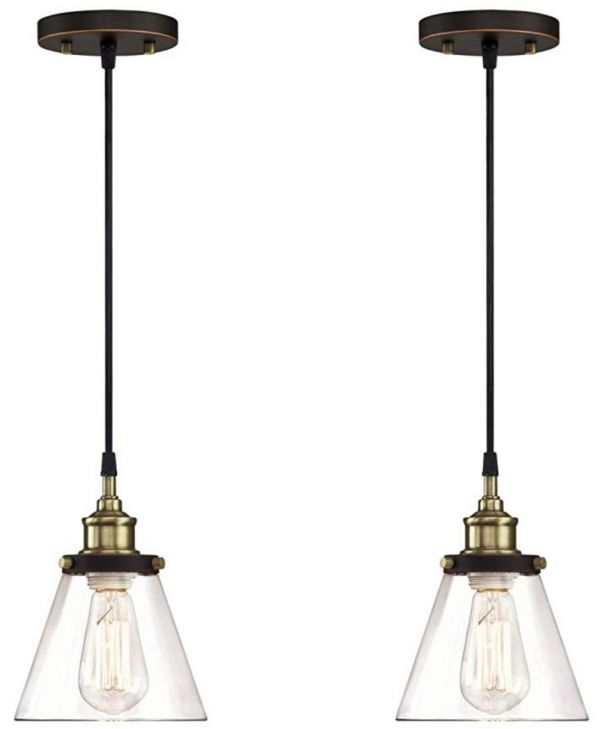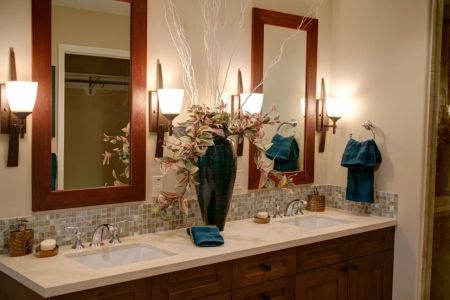Bathroom Lighting Choices
There are a variety of lighting choices for your newly remodeled bathroom. In this post I'll show you some of your choices and provide some of the pros and cons associated with each choice.
Recessed Ceiling Lights
Today's ceiling lights are generally categorized as either wafer lights or can lights. Wafer lights are newer, all in one technology. The pros and cons of each are associated with the ease of installation and maintenance. Some of the advantages of wafer lights are:
- They are easier to install
- They use less power
- They are cost effective
- You can install these in places where a can won’t fit
On the con side, if you get one of these new all in one wafer lights and then it burns out in a few years, you may have a problem finding a replacement that will match the others you have installed. Then you're stuck replacing them all. To replace it, you're stuck rewiring everything and possibly having to repair sheetrock or make the holes even bigger. An advantage of the can lighting is that while they may be more difficult to install during a bathroom remodeling project they are older, more standard technology that isn't likely to change any time soon. There are more replacement options available for can lighting, should the need arise.
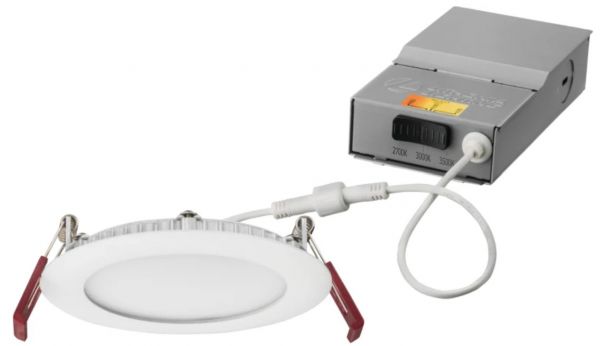
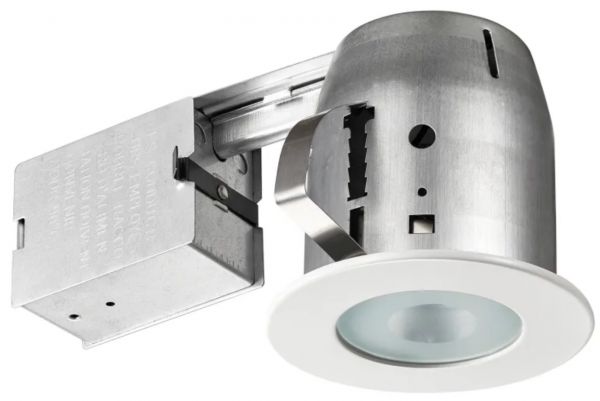
Sconces
Sconces are an attractive alternative if you are more interested in direct lighting closer to the sink. The ideal lighting in a bathroom is on the sides- this illuminates your face MUCH better than an above the light fixture which casts some nasty shadows. The general rule for placement is the center of the fixture be 60-65″ above the floor. But if you’re super tall or short, you can fudge it a few inches higher or lower.
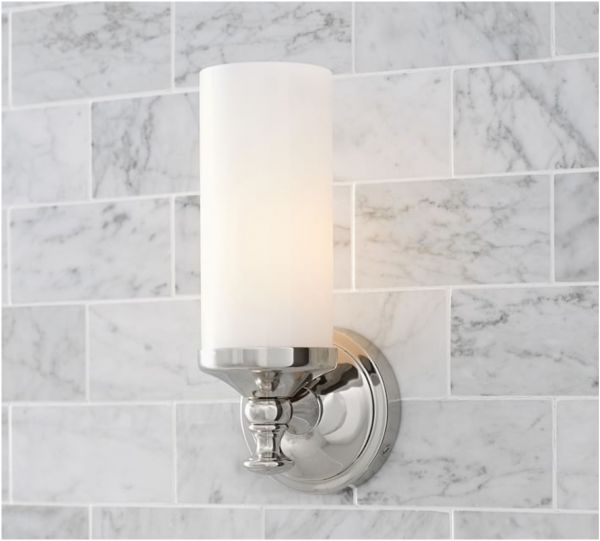
Single Vanity Light Above Each Sink
Vanity lights are designed to provide ambient lighting, task lighting that’s much more direct or varied lighting that evenly spreads the light up and down. These fixtures are usually installed above your bathroom mirror or beside it, creating a nice frame around your focal point. There are some standard rules that apply when installing your vanity lights. The American Lighting Association recommends hanging your above-mirror fixture about 78 inches off the floor. And if you’re mounting lights on either side of the mirror, make sure they’re at least 60 inches off the floor and 30 inches apart from one another. With those measurements in mind, you can start picking out your favorite pieces.
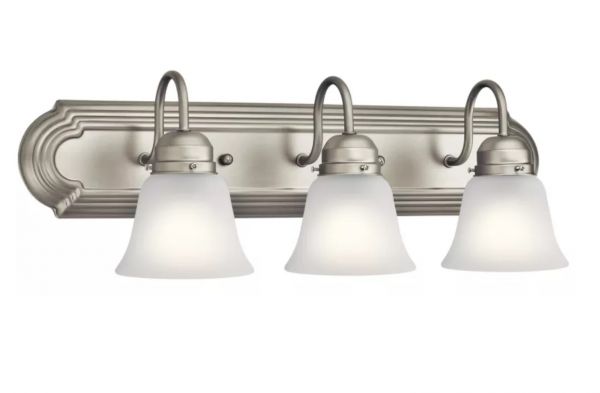
Pendants
A pendant light is a single light fixture, suspended from the ceiling by a cord, chain or metal rod. Pendants are commonly found hung in a series of single light fixtures or a single pendant can have multiple lights. Because of this multi-light arrangement, you may try to classify a pendant as a chandelier. The difference between a chandelier and a pendant resides two areas, design and function. Chandeliers always have multiple lights and err on the side of a bigger and grander style that dominates the space. Pendants are the smaller, simpler, more directional cousins better designed for task lighting. Pendants are well suited to bathrooms as they will work well in small to medium size spaces.
